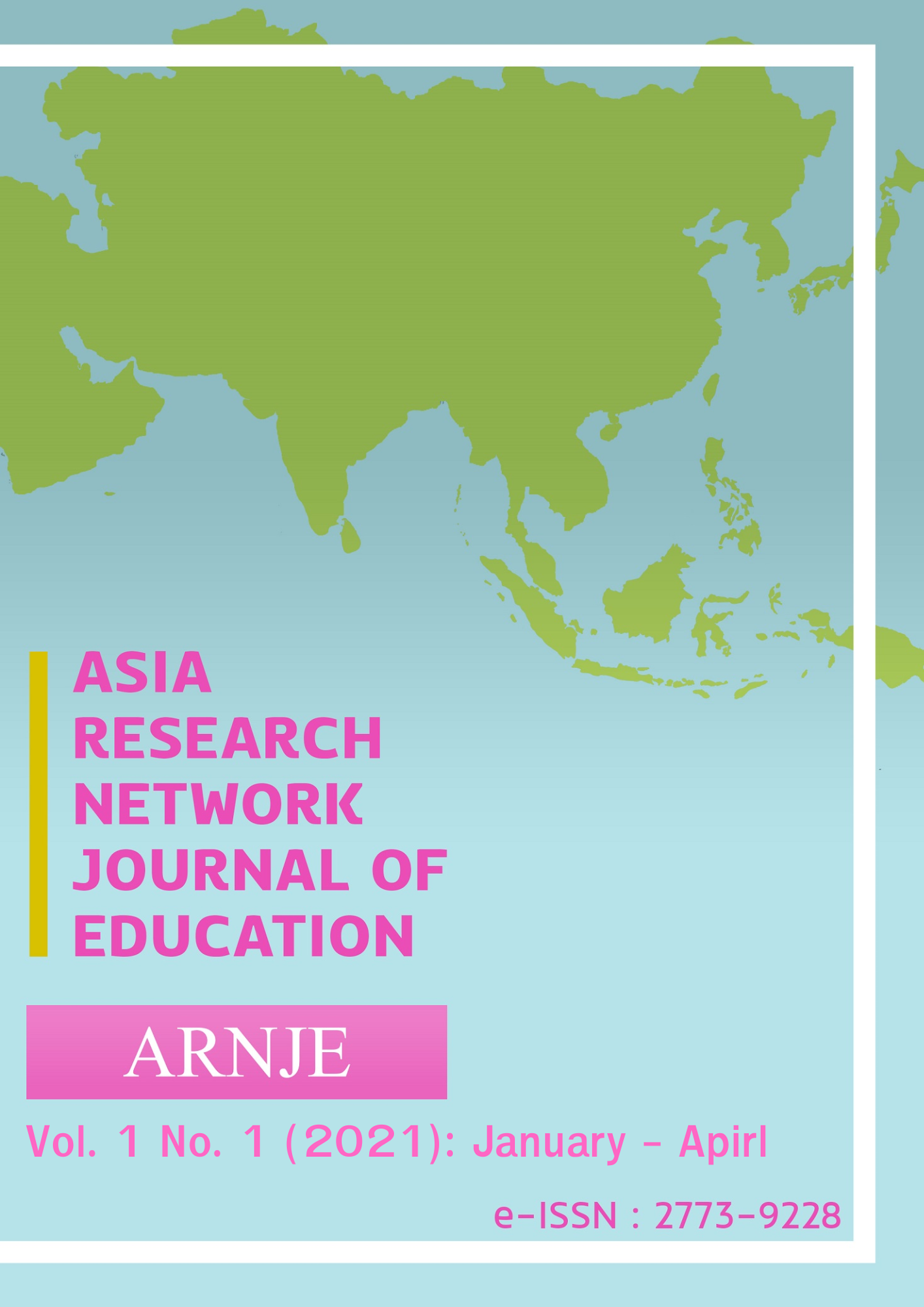Vietnamese Student Teachers’ Existing Ideas about Integrated Teaching in Chemistry and STEM Education
Main Article Content
Abstract
The study aimed to examine Vietnamese Teachers’ Existing Ideas about Integrated Teaching in Chemistry and need for STEM education. Participants were 292 Vietnamese chemistry student teachers. These included 104 chemistry student teachers in Dak Nong province, 76 chemistry teachers in Hue province, and 112 chemistry student teachers in Thai Nguyen province who were working in school year 2017 – 2018 and 2018 – 2019. Data collection, the questionnaire of the awareness levels of integrated teaching based on STEM educational orientation (QAIT-STEM) was completed by participants. And, then, some of participants were selected for informal interview. The informal interview was carried out to probe what they exactly percieved on their rating on the QAIT-STEM. The participants’ rating on QAIT-STEM was analysed for descriptive statistics. The informal interview was interpreted for confirming their rating on QAIT-STEM. The findings revealed that most teachers have not had much access to the theoretical basis of integrated teaching and application in the teaching process at high schools. They held some perceptions about STEM education as another process of integrated teachers. This may have implications for developing professional development program for chemistry student teachers to develop their pedagogical knowledge of integrated teaching and STEM education.
Article Details
Copyright: CC BY-NC-ND 4.0
References
Association for Science Education (ASE) (2010). STEM resources – SATIS Revisited. Retrieved from: https://www.stem.org.uk/resources/collection/2885/satis-revisited
Brown, J. (2012). The current status of STEM education research. Journal of STEM Education: Innovations and Research, 13(5), pp. 7-11.
Brown, J S, Colin, A, and Duguid, P. (1989). Situated Cognition and the culture of Learning Educational Researcher, 18 (1): 32-42
Bybee, R W (2010). Advancing STEM education : A 2020 vision. Technology and Engineering Teacher, 70 (1): 30-35
De Jarnette, N K (2012). America's children: Providing early exposure to STEM (science, technology, engineering and math). Initiatives Education, 133 (1): 77-84
Duc, N.M., Linh, N.Q., and Yuenyong, C (2019). Situation of organizing STEM activities in Vietnamese Schools. Journal of Physics: Conference Series, 1340 (1), 012030
Gardner, H. (1999), Intelligence Reframed “Multiple intelligences for the 21 st century”. Basic books.
Imig, D.G. (2002) (Association of American Universities and Colleges of Education), Current status of the 21st century pedagogical education in the United States (Translation of Dr. Pham Thi Ly, Reference International Education - Pedagogical Research Institute - Ho Chi Minh City University of Education, 2007)
Krug, D. H. (2012). STEM education and sustainability in Canada and the United States. Paper presented at the 2nd international STEM in education conference, Beijing, China. Retrieved from http://stem2012.bnu.edu.cn/data/long%20paper/stem2012_87.pdf.
Leach, J and Scott , P (2003). Individual and sociocultural views of learning in science education. Science and Education, 12, 91-113
Linh, N.Q., Duc, N.M., and Yuenyong, C (2019). Developing critical thinking of students through STEM educational orientation program in Vietnam. Journal of Physics: Conference Series, 1340 (1), 012025
Minister of Education and Training (2006) Curriculum in Chemistry, Physics, Technology, Biology at Secondary School.
Minister of Education and Training (2018), The overall general education program in new general education program, December 26th 2018
Moore T.J., Johnson C.C., Peters-Burton E.E., Guzey, S.S., (2015). The need for a STEM road map. In: Johnson CC, Peters-Burton EE, Moore TJ (eds) STEM road map: a framework for integrated STEM education. Routledge, p 1.
Opara, J.A. (2011). Bajah’s Model and the teaching and learning of intergrated science in Nigerian high school system. International Journal of Academic Research in Business and Social Sciences, 1: 152-161.
Phormenko, V.T. (1996), Building the teaching process on an integrated basis, Ratxtov na gonmy, Education publisher.
Seattha P, Yuenyong, C. and Art-in, S. (2015). Developing STS Circular Motion unit for providing students’ perception of the relationship between Science Technology Engineering and Mathematics. Mediterranean Journal of Social Sciences, 6 (3): 268-275
Sutaphan, S. Yuenyong, C. (2021). Examine pre-service science teachers’ existing ideas about STEM education in school setting. Journal of Physics: Conference Series 1835 (1), 012002
Sutaphan, S. Yuenyong, C. (2019). STEM Education Teaching approach: Inquiry from the Context Based. Journal of Physics: Conference Series, 1340 (1), 012003
Tinh, P.T., Duc, N.M., Yuenyong, C. Kieu, N.T., Nguyen, T.T. (2021). Development of STEM education learning unit in context of Vietnam Tan Cuong Tea village. Journal of Physics: Conference Series, 1835 (1), 012060
Tremblay, D. (2002), Adult Education A Lifelong Journey The Competency – Based approach “Helping learners become autonomous”.
Yuenyong, C. (2019). Lesson learned of building up community of practice for STEM education in Thailand. AIP Conference Proceedings. 2081, 020002-1 – 020002-6.


